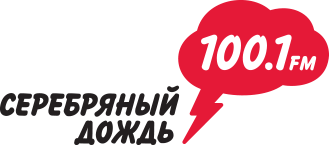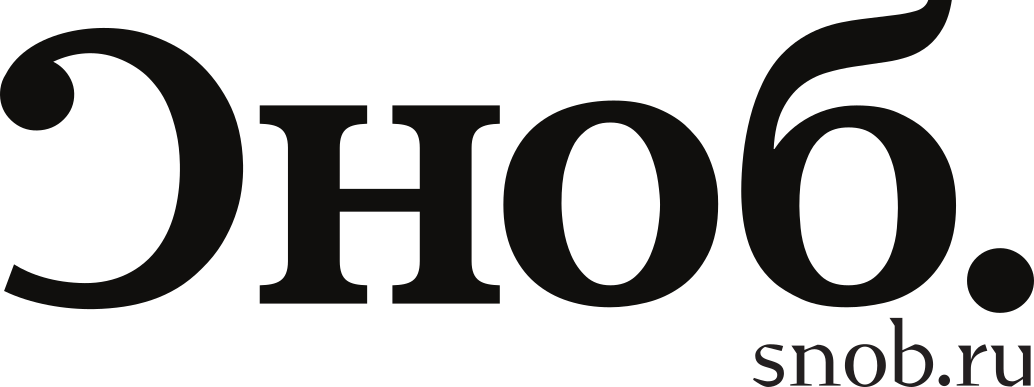Before — After
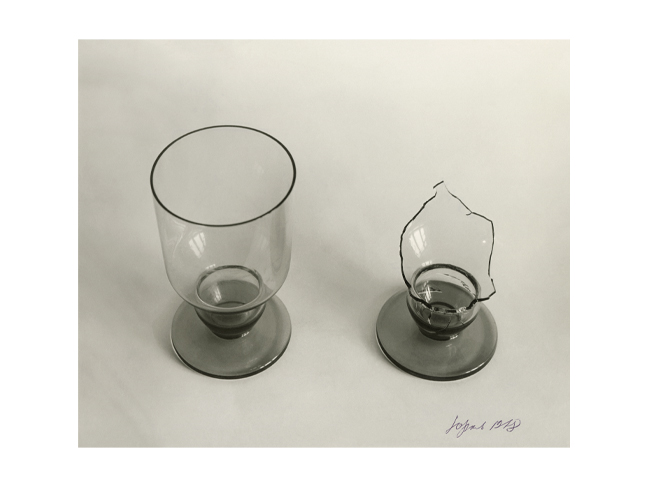
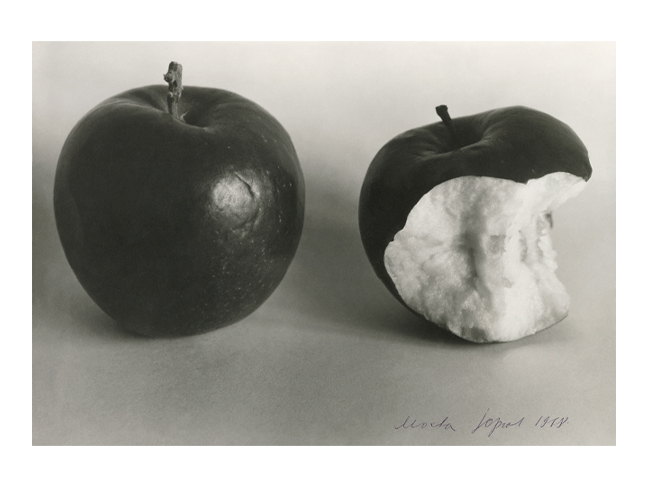
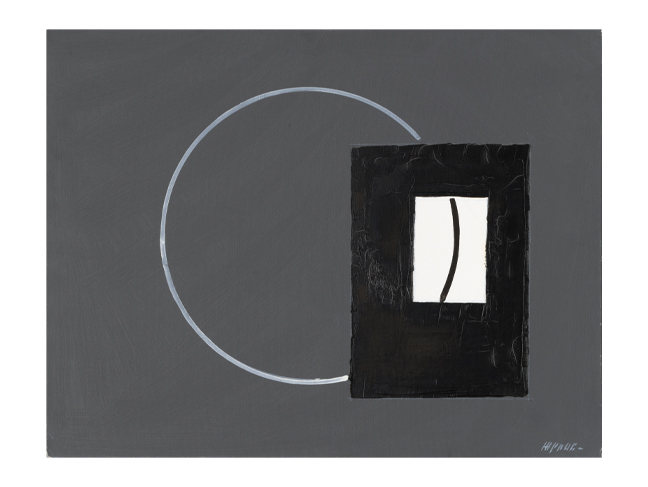
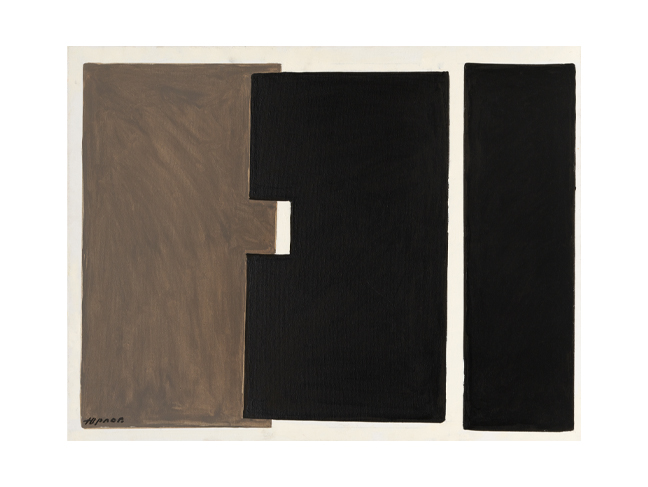
Valery Yurlov. Before — After. 1968. Courtesy of the artist
Valery Yurlov. Before — After. 1968. Courtesy of the artist
Valery Yurlov. Pair of Forms. 1957. Courtesy of the artist
Valery Yurlov. Rhythm. 1984. Courtesy of the artist
Moscow, 7.06.2022—11.09.2022
exhibition is over
Share with friends
Curators: Anna Zaitseva and Maria Lavrova
For the press
XIV INTERNATIONAL MONTH OF PHOTOGRAPHY IN MOSCOW ‘PHOTOBIENNALE-2022’
Valery Yurlov
Before – After
Curators: Anna Zaitseva, Maria Lavrova
Only art can turn back time and show what happened.
Valery Yurlov
The Multimedia Art Museum, Moscow presents the exhibition ‘Before – After’ by Valery Yurlov, a prominent representative of the neo-avant-garde in the second half of the 20th century and a pioneer of post-war abstraction. Yurlov is the creator of a unique visual system that he has consistently developed throughout his life. His works are in the collections of major world museums including the State Tretyakov Gallery, the Russian Museum, the Centre Georges Pompidou, the Zimmerli Art Museum, etc. The exhibition at MAMM presents the artist’s paintings, graphics, objects and photographs, covering the period from the 1960s to 2010s, along with works from recent years that are displayed for the first time.
Valery Yurlov (b. 1932) belongs to the generation of Sixties artists whose creative and spiritual quests occurred in the era of the Thaw. In the late 1950s to 1960s the ban on showing ‘other art’ was briefly relaxed, and an exhibition ‘boom’ gripped Moscow – in just a few years works by the luminaries of contemporary Western art were shown: Pablo Picasso, Pierre Soulages, Jean Fautrier, and others An event that particularly influenced the creative evolution of Soviet unofficial artists was the 1959 American Exhibition in Sokolniki Park, which was attended by the leaders of the New York school of abstract art: Jackson Pollock, Mark Rothko, Willem de Kooning and others. Among domestic nonconformists it was abstraction that became the main visual language of our time, as it “facilitated penetration into the essence of things, into their inner content”. The act of painting was equated with the act of knowing.
The optics of vision and thinking of Yurlov – a loner who did not consider himself a member of any artistic groups – evolved during his studies at the Moscow Polygraphic Institute (1949-1955). “I came to understand the path I had chosen very early,” says the artist, “and when I first saw the works of Picasso and Pollock, it seemed to me that I already knew and invented everything before them.” Yurlov’s teachers at the Faculty of Book Artists were “the heirs of the Russian avant-garde”, graduates of the famous Higher Artistic and Technical Workshops – Pavel Zakharov, Ivan Chekmazov, Andrey Goncharov. According to Yurlov’s memoirs, in the 1940s to 1950s they were “renegades of a kind, but contrary to official regulations, they tried to captivate us with ideas from the avant-garde of the 1920s”. Trying to preserve the continuity of traditions, teachers taught students the methods of composition, the laws of form and colour formation, and colour science.
During the same period Yurlov began to be interested in problems of the relationship between pure forms. Rethinking the avant-garde experiments at the beginning of the century, he gradually developed his own aesthetic concept.
‘Before – After’ is a plastic formula that occurred to Yurlov on the seashore in the town of Gulripshi, near Sukhumi, where the artist lived as a hermit in the late 1950s. During one of his regular walks he noticed a tin can crushed by a wave. Comparing two forms, the whole and the modified, Yurlov discovered a universal metaphor for the unity of opposite principles that form the basis of the universe. A bitten apple, a broken bottle, a glass or, finally, a pure geometric shape acquire the status of a sign-symbol in Yurlov’s compositions. The various states of the object juxtaposed by the artist represent the unity of harmony and chaos, good and evil, life and death. The author’s reflections on the interaction of structures and phenomena are closely related to the ideas of Nicholas of Cusa, a 15th-century German philosopher and theologian who believed that ‘all things consist of opposites’.
In his ‘Pairs of Forms’ or ‘Para-Forms’ Yurlov is not limited to the search for the identical and the opposite, he explores the spatial, plastic and semantic relationships that arise between different forms. “To feel and see myself as an object, the same as other objects around me” is how the artist describes his method of working. Yurlov also examines the theme of time in a special way. According to the will of the author-demiurge, it stretches, contracts, moves in a non-linear direction or reverses, inexorably revealing the ‘Before’ and ‘After’ before our very eyes.
The museum and the author would like to thank Dmitry Sterlikov and Kirill Alekseev for their assistance in organising the exhibition.


